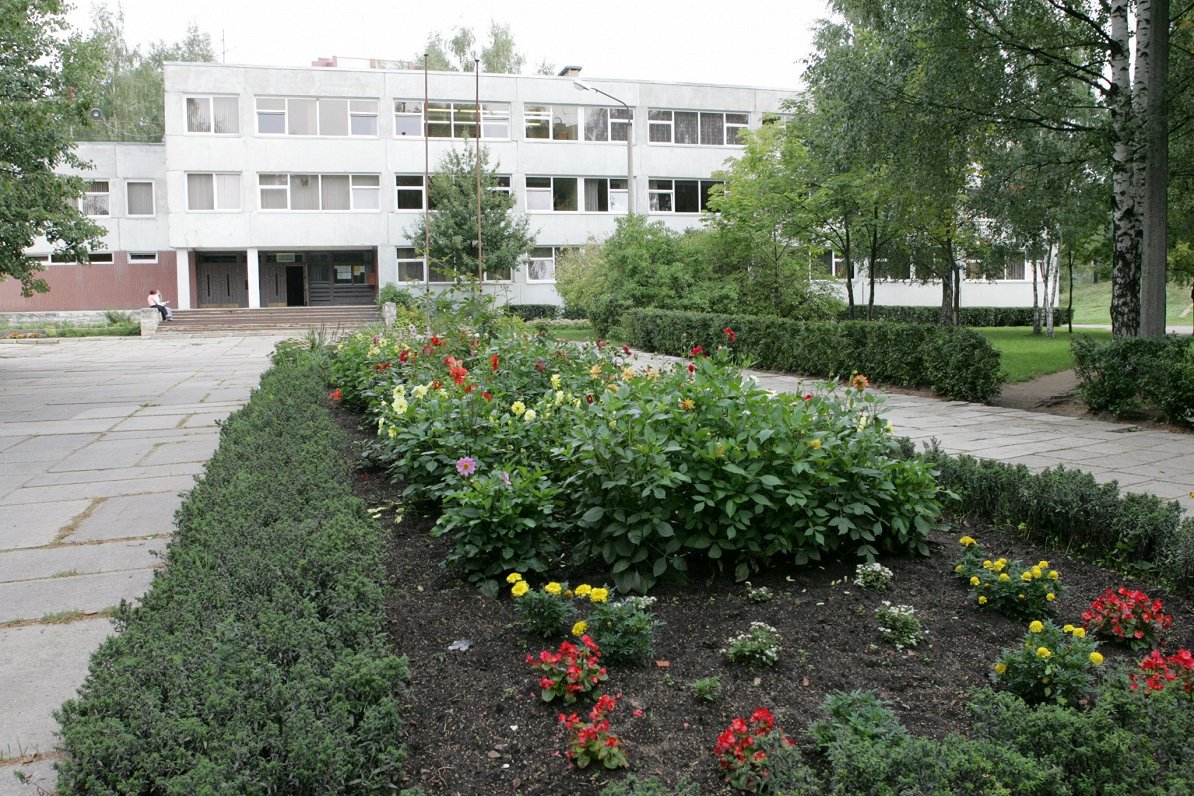It will be especially difficult for educational establishments with higher numbers of pupils and smaller rooms.
At Riga Secondary School No.22, a total of 640 pupils will begin or continue learning in September. Given the relatively small size of the school, this is a lot. The hallways are narrow, and the canteens and cloakroom also appear to be risk areas.
Learning will not be remote for the time being, but lesson times are scheduled to vary. For some, school will start at 8:20, for the next group 15 minutes later, for the third - again a little later, so that the breaks and meals are not at the same time. The rooms will not be changed either.
“The pupils will be in their classrooms and the teachers will come to the pupils. The exception is PE when pupils go to the gym, or outside,” said Irina Romanova, principal of the Riga Secondary School No.22.
Pupils will have two to three subjects in one day so that teachers don't meet all classes. On Monday, for example, Form 5A will only learn math and Latvian. This means that fewer people will be in contact.
“Of course, this situation has given psychological stress to everybody,” said Ilga Šuplinska, Minister for Education and Science.
The biggest challenge in Riga is planning pupil flows, whereas in smaller areas, on-site learning is planned because of concerns about technology and Internet accessibility among pupils. In rural schools, another challenge is transport – often a large proportion of pupils ride together in one bus in the morning.
"I think that the most important challenge is to plan the work from September so that there are as few epidemiological risks as possible, in terms of how student flows are regulated, which means that the classes 7-12 should seek solutions for partly remote learning. And there is no single solution for all schools,” said Ivars Balamovskis, head of the Riga City Education Council.
IZM will not carry out checks without necessity, but will trust the information provided by the schools themselves on the number of pupils and teachers, the infrastructure, and the epidemiological security model chosen.




























